After the M3 Lightweight, BMW NA came up with a more practical way to appeal to enthusiasts
As part of its 50th anniversary celebrations, BMW of North America continues to share 50 fascinating stories from its colorful history. This time around, the company dug into the history of its sportier, special edition models for true enthusiasts.
Today, we almost take the various CS-badged BMWs and other track-oriented specials like the previous M4 GTS for granted, but it took one failed experiment and an unlikely large luxury sedan before BMW settled on a winning formula for its more limited specials.
E36 M3 Lightweight: Not Quite A Winner From The Start
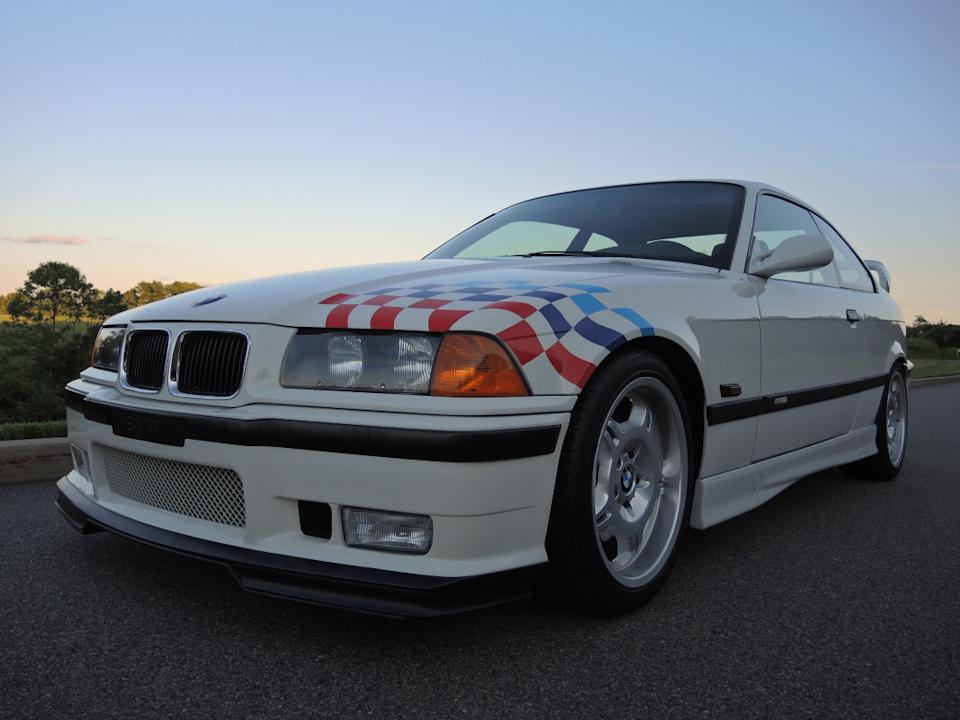
View the 3 images of this gallery on the original article
Although the BMW M3 Lightweight from the E36 generation eventually developed a cult following—partly thanks to its presence in the Fast & Furious movie—and now commands high prices that are up to five times its original value, it didn’t start out that well.
The success of the E36 M3 encouraged BMW to produce a customer-racing version with less weight and lower production volumes. Lighter than the normal M3 by around 225 pounds, the M3 Lightweight also cost a lot more, at $49,000. However, production delays meant that many M3 Lightweights were not produced in time for the 1995 IMSA season, which was the driving force behind the car’s creation. Some were only built in October.
“By then, the season was over, and the car was a complete bomb,” recalls Erik Wensberg, then-Motorsport and BMW M Brand Manager. “The head of sales, Peter Moore, said, ‘Erik, the Lightweight’s a friggin’ wipeout. I’ve gotta put money in every trunk just to get rid of them. Don’t talk to me about special models anymore.’”
BMW also made race parts available for the M3 Lightweight, but many of these voided the warranty, which customers were disappointed by.
The M3 Lightweight experiment didn’t work out as planned, which meant BMW devised a new approach to offer reasonably priced, sporty packages for enthusiasts. These upgrades cost less and came without the sacrifices demanded by the M3 Lightweight. That’s how we arrive at a key vehicle in BMW’s history of special editions in America.
1999 BMW E38 740i Sport: An Unexpected Move For The Flagship Sedan
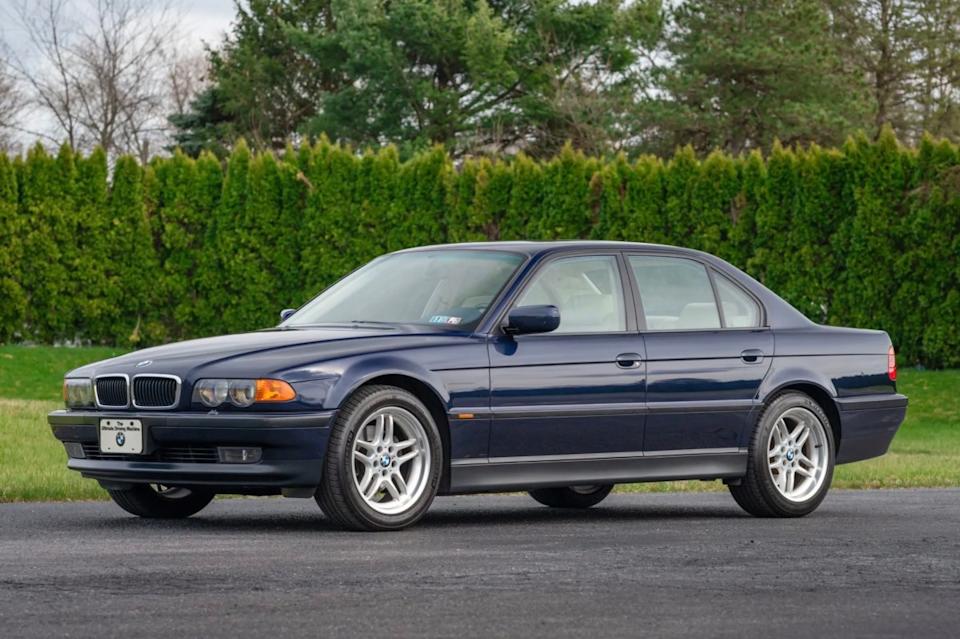
View the 4 images of this gallery on the original article
In the late 1990s, the E38 7 Series was at the top of its game. Between its gorgeous design, rock-solid quality, and that perfect old-school BMW blend of comfort and responsiveness, it could do no wrong. It was still a luxury car first and foremost, though, which is why it was a bit of a shock when BMW NA proposed a Sport pack for the full-size sedan.
“We started by offering Sport Packages on just about everything, including the 1999 E38 740i,” said Rich Brekus, who was the Head of Product Planning and Strategy at the time. “The fight to get Sport on the E38 was incredible. [BMW NA president] Vic Doolan agreed with me, but Munich thought we were crazy. We ended up getting a 40 percent take rate on the 740i Sport, and that made us pretty confident.”
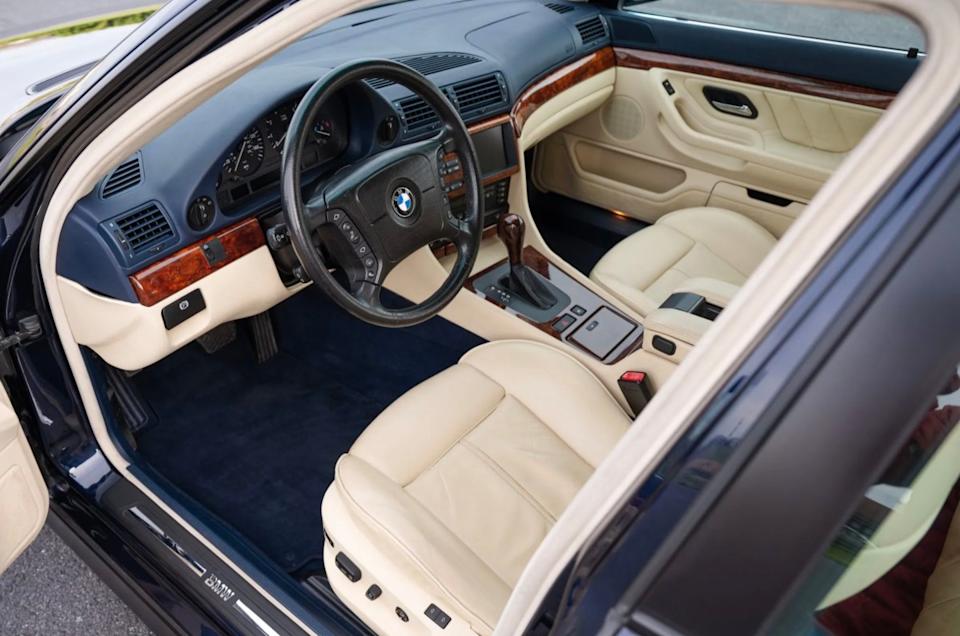
View the 4 images of this gallery on the original article
Almost half of 7 Series buyers opting for the sport pack on a car that was meant to be a comfortable cruiser was quite something. The package added extras like a sport-tuned suspension, 18-inch alloy wheels, high-performance tires, a five-speed Steptronic three-mode automatic transmission, a performance axle and torque converter, and special sports seats in front. The 740i had a smooth 4.4-liter V8 making 282 horsepower at the time, which worked beautifully with the sharper suspension to turn this 7 Series into a great driver’s car.
Today, you can find many 740i models with the sports pack for sale on the used market. A few well-kept examples sold this year for between $30,000 and $35,000.
Related: Why This 185K-Mile BMW M3 Costs More Than a New M4
A New Era Of Special Edition BMWs
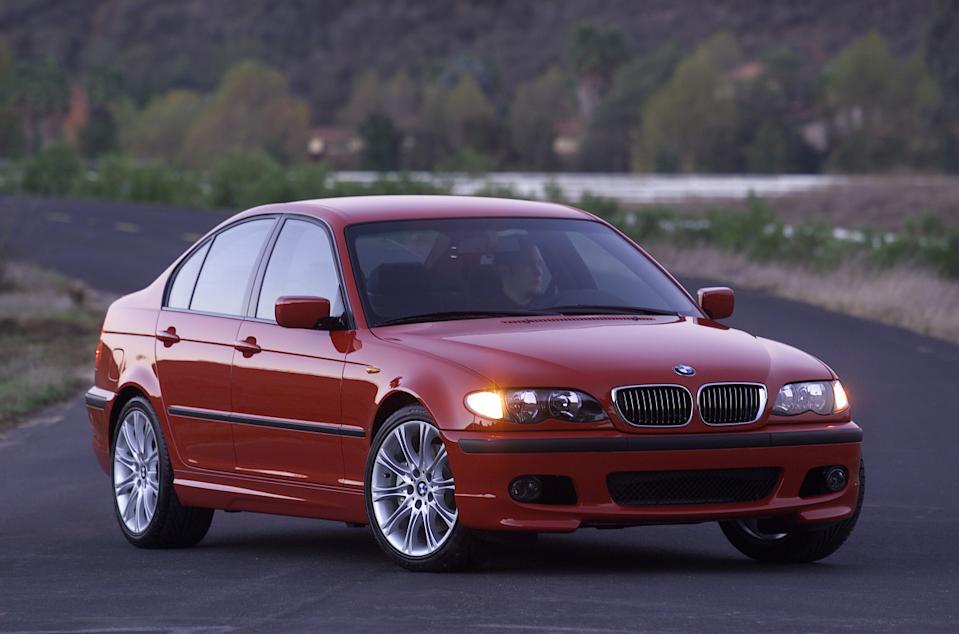
The momentum created by the 740i Sport encouraged BMW to explore many more special editions through the years, including the 2003 E36 330i ZHP, which cost just $3,900 more than a base 330i. It got a higher redline and more power from the classic M54 six-cylinder engine, and the car was a hit.
“The 330i ZHP was so nicely balanced and so nice to drive,” Brekus said, “and the passion people had for that car was incredible.”
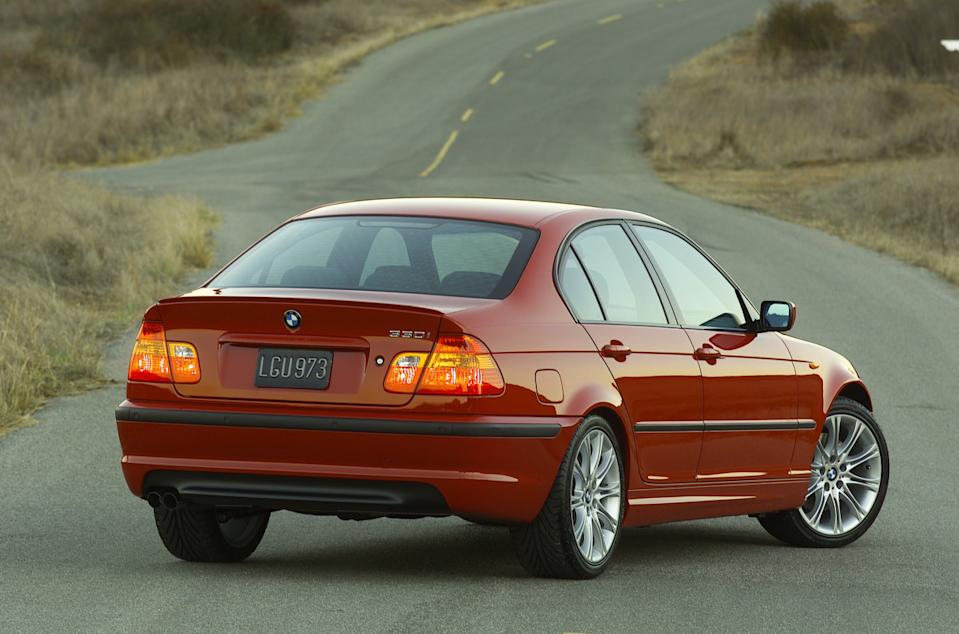
The E46 M3 ZCP (Z Competition Package) followed in 2005, which was BMW NA’s way of appeasing enthusiasts since the M3 CSL wasn’t sold in America. It was no CSL, but equipment like the M Track Mode proved popular.
BMW never stopped producing sportier variants of popular models, from the E92 335is to 2016’s M4 GTS and today’s wide range of Competition- and CS-badged models.
All of these BMWs offer something different to the already capable cars they’re based on, just like the 740i Sport did back in its heyday.
Related: Is the $100,000 2026 BMW M2 CS Truly the Ultimate Performance Machine?
This story was originally reported by Autoblog on Aug 24, 2025, where it first appeared in the News section. Add Autoblog as a Preferred Source by clicking here.
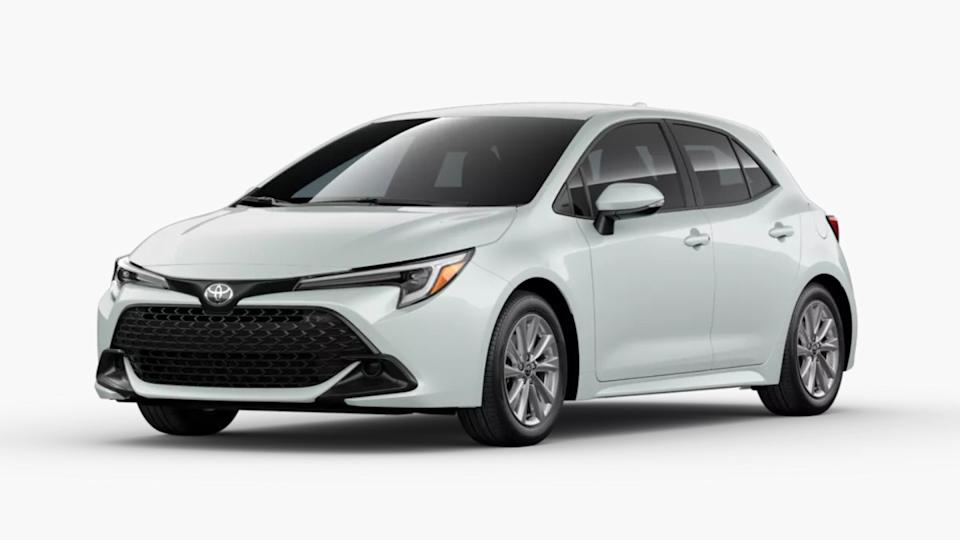
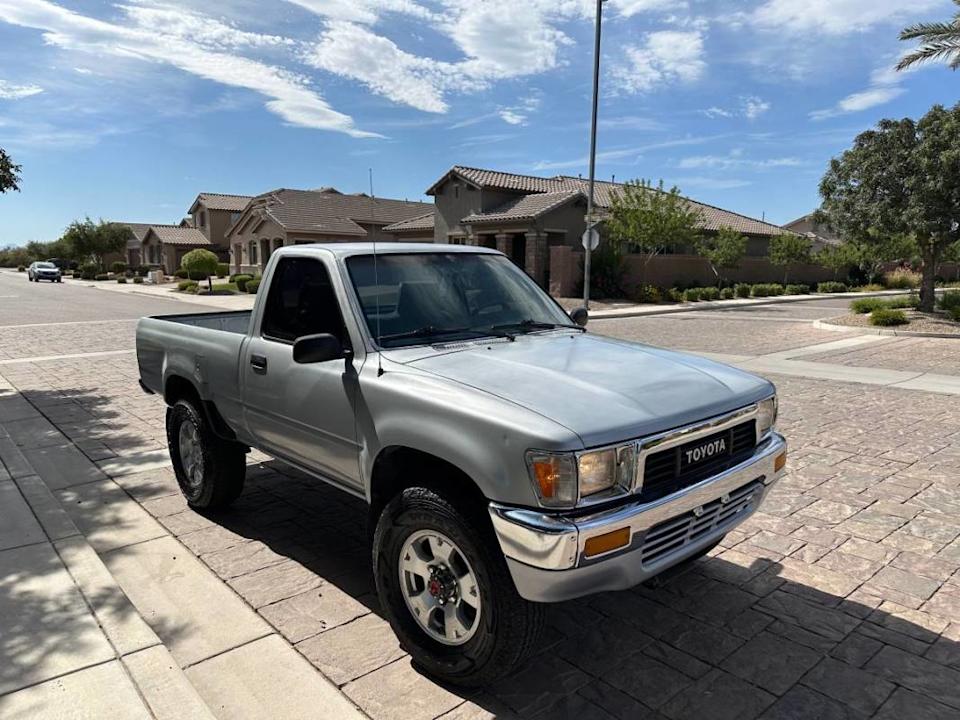

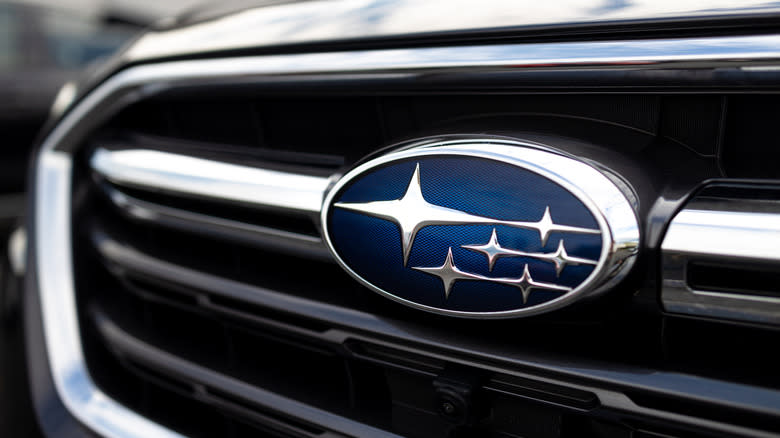

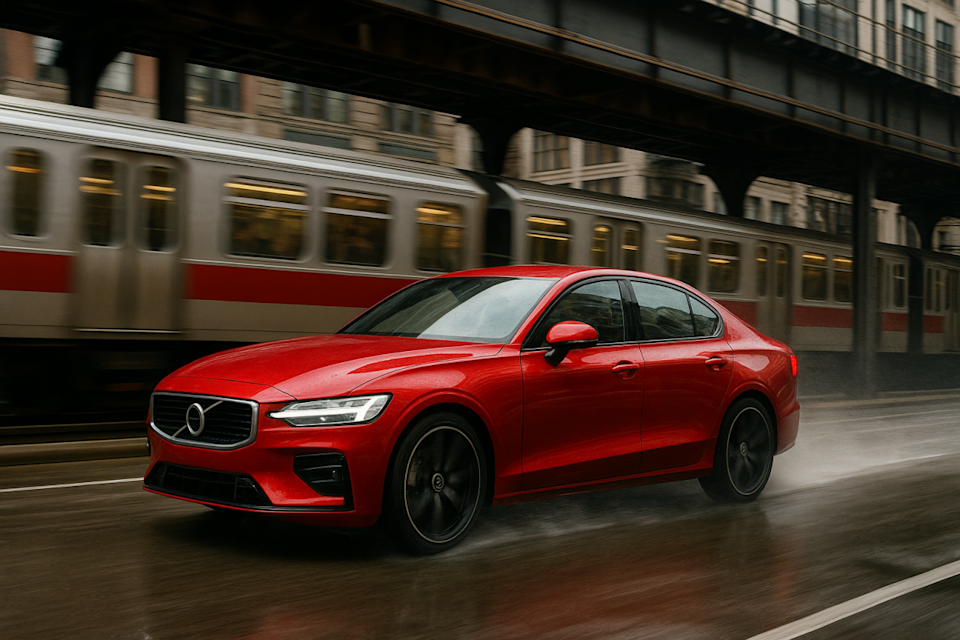
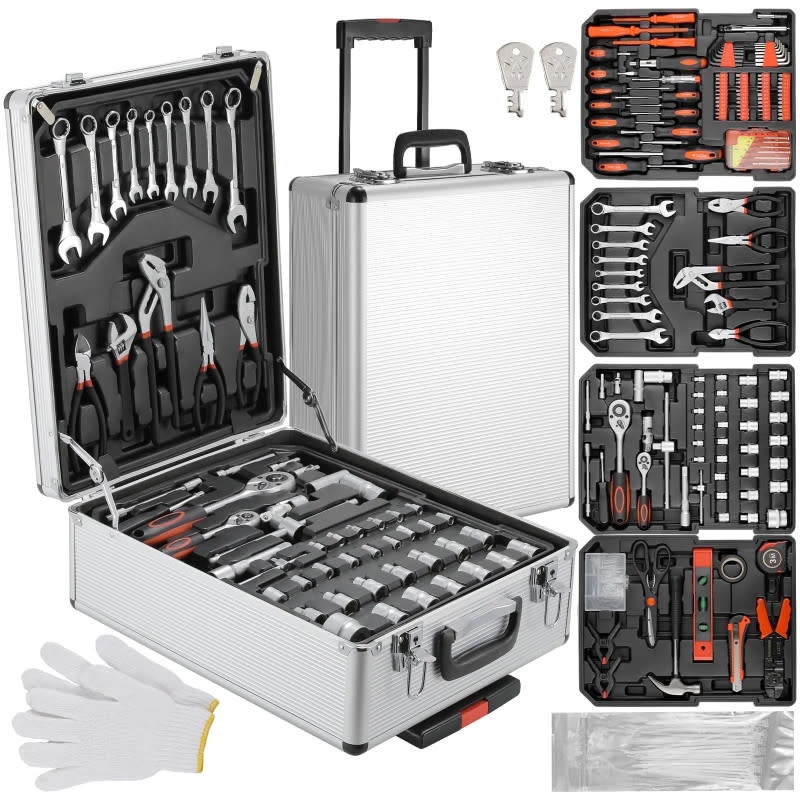
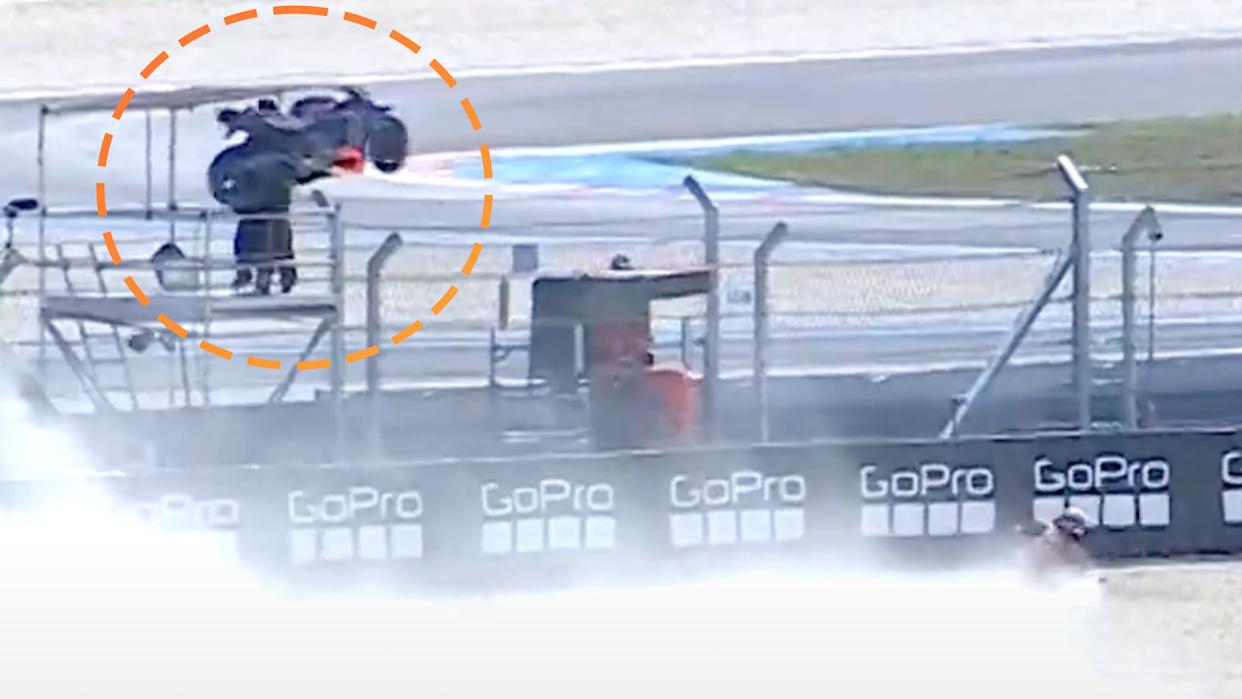
Comments